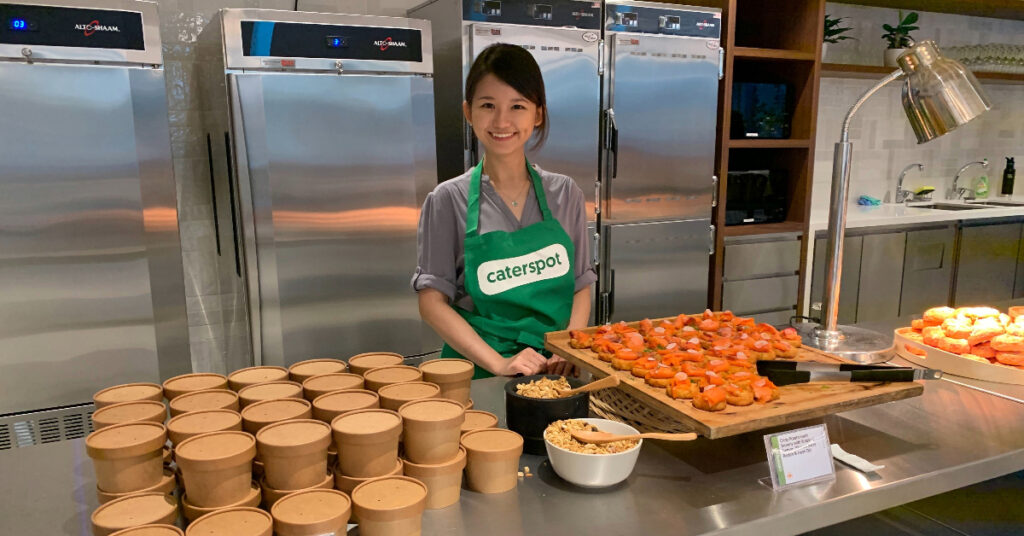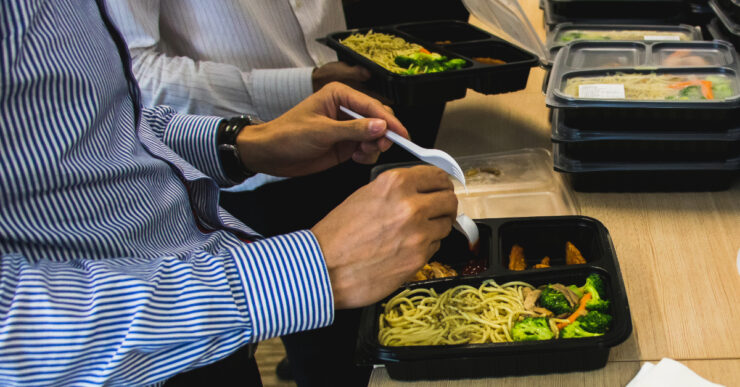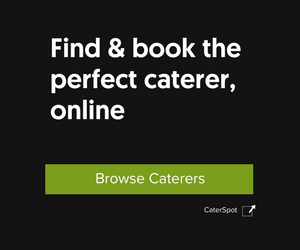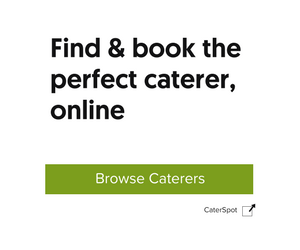Industry leaders like Asana, Google, 2K, Sendgrid, and Meta have something in common: A powerful employee welfare strategy of providing free food.
But it’s not just about satiating hunger. It’s a strategic move that promotes productivity, attracts industry-leading talents, fosters teamwork, and motivates in-office presence.
Persuading your organisation’s leadership to implement a consistent employee meal program might seem challenging. Yet, with the right approach and compelling arguments, it is feasible.
Benefits Of Free Food In The Office
1. It Makes Total Economic Sense
The first instinct among managers when they face the prospect of offering free lunches for employees is the additional cost. Although this reaction is expected, the initial upfront cost will gradually translate into cost savings.
Let’s take the example of a software engineer in Singapore, earning a monthly salary of $6,000 with 40 working hours per week, down to $37.50 per hour.
Consider this: saving this employee 30 minutes a day or encouraging them to work an extra 30 minutes by having lunch in the office with the catered food is worth $18.75 to your company.
Even with a lunch budget of $15.00 per person, you’ll still be ahead of the game. The math is clear: if providing a catered lunch keeps your employees at their desks for an additional 30 minutes, you’re effectively gaining $3.75 per employee per day.
Now, let’s consider a situation where catered lunches are non-existent, where employees must travel some distance or wait in long queues for food, which can extend their lunch break well beyond an hour. This eats into valuable work time and can disrupt workflow and productivity. Furthermore, employers will inevitably overpay their employees if the latter habitually take additional time to take their lunch.
By providing an on-site lunch option, you eliminate these time-consuming excursions and queues, ensuring that employees spend their time effectively.
2. A Dual Means To Attract The Best Talents And Nurture Loyalty
Offering complimentary meals is a strategic move that positions your company as a top-tier employer that understands the value of attracting and retaining the best talent.
This benefit can be a major selling point for recruiters, as the promise of free, quality food in the office is a tangible perk that potential candidates can easily appreciate. It differentiates your company from others that may offer more traditional benefits, giving you an edge in competitive job markets.
For current employees, the continuous provision of free food is a daily reminder that their employer values their comfort and satisfaction. This contributes to a feeling of being part of a workplace that truly cares about their well-being, which is a powerful motivator for loyalty and long-term commitment.
Furthermore, it’s worth considering the impact of savings on reinforcing loyalty. By not having to purchase their own lunch, employees could save on average $315 per month, assuming a $15 lunch cost over 21 working days. For some, this saving could represent a 5-10% increase in their effective take-home pay.
Ultimately, this free food benefit can foster a sense of belonging and financial savings that is hard to replicate, making employees think twice before considering opportunities elsewhere.
3. Food Encourages Office Attendance
The remote and hybrid working model is here to stay post-pandemic. Employers can use food, a universal language of connection, to draw employees back to the office. Free food in the workplace can incentivise employees to work on-site, allowing them to reconnect with their peers over a shared meal.

These communal dining experiences can do more than satisfy hunger. They can also spark creativity and collaboration. As employees catch up over lunch, they exchange ideas, discuss projects, and find solutions to problems, boosting overall productivity.
The idiom ‘there’s no such thing as a free lunch’ rings true. But you can flip the expression the other way with ‘There’s such a thing as free lunch if we see you in the office.’
4. Drives Productivity
Providing nourishing food directly impacts employees’ energy levels and concentration. When companies cater to the basic need for meals, they remove the distraction of hunger, allowing employees to focus on their responsibilities.
Furthermore, the absence of concerns about daily meal planning enables employees to devote more of their time and resources to their professional duties. Not only is time saved by eliminating the need to step out for lunch, but the mental effort that goes into deciding where, when, and what to eat is also preserved.
A seamless integration of meal provision into the workday removes the burden of food-related decision-making and logistics. This streamlined approach ensures that employees can channel their entire capacity for work into producing high-quality results and driving the company forward.
Three Essential Strategies To Reinforce Your Free Food Proposition
1. Present A Survey Finding
Conveying employees’ opinions is essential when proposing an office-wide food perk. Consider conducting an informal survey among your peers to present this appeal to your management effectively.
Doing so lets you gather data and foster a sense of shared investment in the proposed benefit. Thinking of what questions should you include in the survey? You could start with these three questions to encourage a favourable outcome for the meal program.
a. “How would having a free lunch at the office impact your daily productivity?”
Possible answers: “It would significantly increase my productivity”, “It would somewhat increase my productivity”, “No impact”, “Decrease my productivity”.
This question implies a correlation between free lunch and productivity, which is a key interest for management.
b. “If free lunches were provided, how likely would you be to recommend our company as a great place to work?”
Possible answers: “Very likely”, “Somewhat likely”, “Neutral”, “Somewhat unlikely”, “Very unlikely”.
This question aims to gauge the potential impact of a free lunch benefit on the employees’ perception of the company and their likelihood to promote it as an attractive workplace. It ties the idea of workplace satisfaction to employee advocacy, which is a strong indicator of overall employee engagement and satisfaction with the company culture.
c. “Do you believe a free lunch benefit would enhance the company culture and employee engagement? Why?”
Possible answer: Open-ended text response.
This question helps gather qualitative data on how free lunch might improve the work environment beyond individual productivity. The open-ended format encourages detailed responses that could be testimonials in your presentation.
Remember, the objective of the survey is to accumulate compelling, authentic feedback that demonstrates the desired impact of a free lunch program. After collecting and analysing the responses, use this data as the foundation of your proposal to the management team.
The power of your peers’ voices, combined with your insights, will play a crucial role in building a persuasive argument.
2. Benchmark Against Other Companies Offering Food Perks
In today’s competitive business landscape, companies are constantly vying for top talent. One way to attract and retain these high-performing individuals is through benefits and perks, such as a free food program.
Conduct a detailed comparison of the perks offered by rival companies in your industry, particularly those that offer free food to their employees. Present this research to your management, emphasising that to stay competitive, your company should match, if not surpass, these perks.
Highlight that this is not just about providing a free lunch but is a strategic move to enhance the company’s appeal in the eyes of current and potential employees.
3. Engage A Corporate Meal Plan Service
Facilitating a successful employee meal program can be daunting. It involves navigating various challenges, including time-consuming searches for suitable caterers, introducing variety in meals, and managing multiple payments to different suppliers.
The solution? CaterSpot, a professional corporate food solution service.

CaterSpot simplifies your office’s food management by acting as a single vendor for all your food requirements. Offering a network of 500+ caterers and restaurants, dedicated account managers, and a specialised meal plan tool, CaterSpot ensures you have comprehensive support to run a successful meal program.
The best part? There are no service fees, and you’ll pay the same price for food as if ordering directly from the caterers.
For those hesitant to commit fully, CaterSpot offers a one-month trial period with 10% of your company’s first spend. During this period, you can experience their full services, including an account manager, meal plan app, optional on-site coordinator, delivery service, and corporate invoicing.
This trial period presents an invaluable opportunity to assess the practicality and benefits of CaterSpot’s programme before making a long-term commitment. A taste of what’s to come could be the game changer in swaying the decision of even the most cost-conscious decision-makers.
Now It’s Your Turn To Impress With Your Pitch
Get the ball rolling to craft your proposal by applying our outlined strategies. You can take the first step by creating a survey and share it with your peers.
In the meantime, crunch some numbers from the payroll and distil the figures into hourly salary rates for each employee. Figure out the ideal cost per pax for the meal plan based on the hourly salary rates.
While offering free food incurs an initial cost, it is a strategic investment. The expense transforms into an economic sense by boosting productivity, attracting top talents, fostering loyalty, and enhancing company culture.
As leaders like Asana and Google have shown, the long-term benefits far outweigh the upfront expenditure, making free food not just a perk but a pivotal driver of success in the modern workplace.















